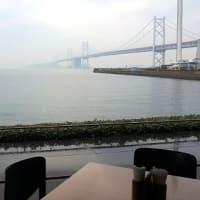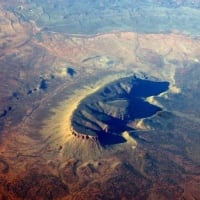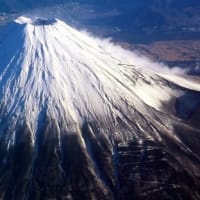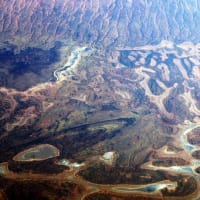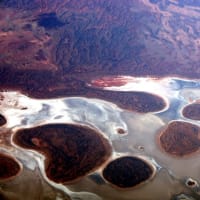
ニュージーランドは、当初,南島でのメリノ種飼育が活発で、羊毛中心の輸出国であった。
しかし1882年に冷凍技術が開発されると肉の輸出が急激に伸びた。羊の品種もメリノ種から毛肉兼用のロムニー種にかわっていった(ロムニー種の毛は太くて粗であるので、高級品にはメリノ種の毛が今でも人気がある)。
ロムニー種は、英国ケント州のロムニーの沼沢地方の原産で、この名がついている。
ニュージーランドで飼育されている羊の約45%がこの羊種。
カーペット用羊毛として、このニュージーランド・ロムニーは極めて著名で、ニュージーランドの代表的羊種となっている。
羊はまた、成長段階により、ラム(生後4ケ月以内)、ホゲット(4~16ケ月以内)、マトン(生後2年以上)などと区別される。
ラムはマトンよりも柔らかく、マトンはラムよりも風味豊かな味わいがあると言われる。
Sheep farming established itself in the 1850s and for several decades wool accounted for over a third of New Zealand's exports.
Following the first export shipment of frozen meat in 1882, sheep meat became a significant source of revenue as New Zealand forged a role as Britain's farmyard.
Over half of New Zealand's sheep are Romney, an English breed valued because it is a dual purpose animal capable of producing wool and meat of good quality. It has also shown its ability to manage the many varied climates of New Zealand.
Lamb, hogget, and mutton are the meat of domestic sheep. The meat of an animal in its first year is lamb; that of an older sheep is hogget and later mutton.
Lamb is generally more tender than older sheep and Hogget and mutton have a stronger flavor than lamb because they contain a higher concentration of species-characteristic fatty acids.












